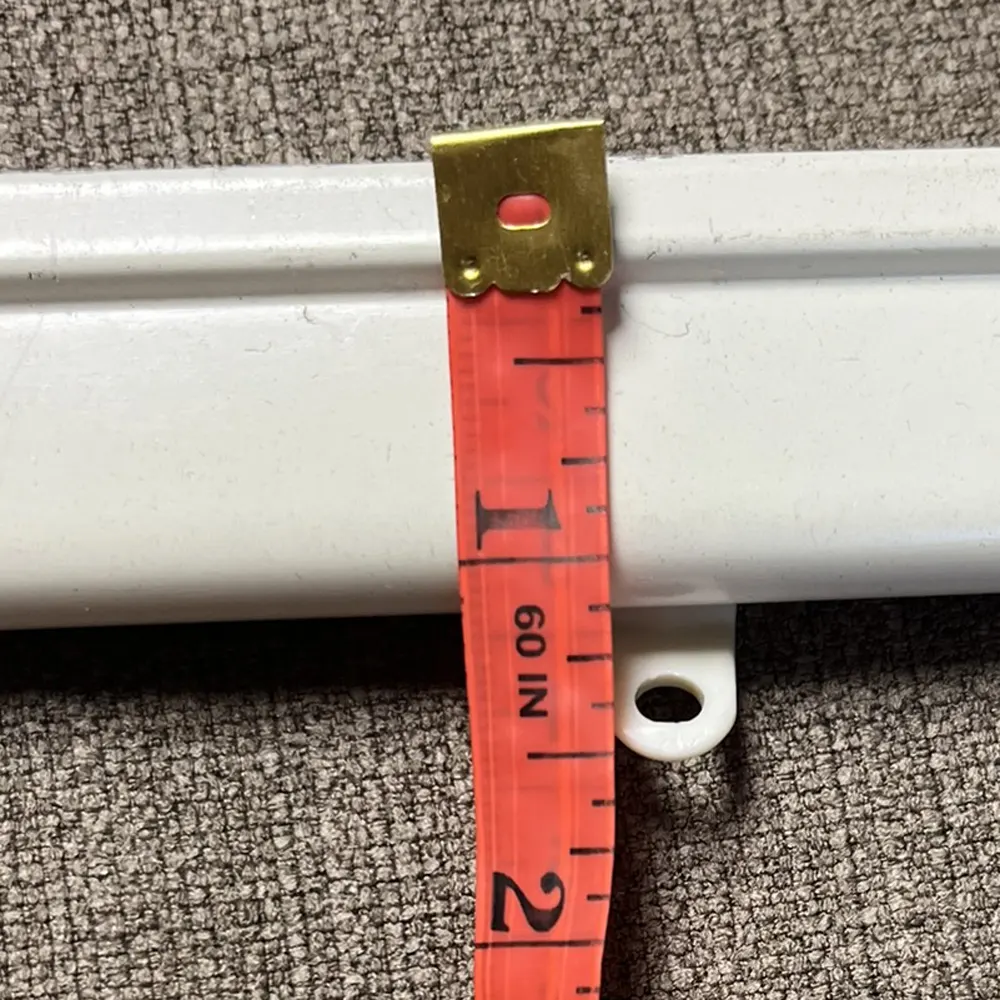When it comes to decorating, it’s often the small details
that make the biggest impact. Passementerie, the elegant term for ornamental
trimmings, is a wonderful way to add that final flourish to your space.
Tassels, cords, and tapes not only provide a pop of color but also bring
texture, personality, and a sense of sophistication to your decor.
Think of passementerie as the finishing touch—the bow on a
perfectly wrapped gift. Whether you’re aiming for a sleek, minimalist design or
something a bit more luxurious, trimmings can be that versatile element that
ties everything together. Here’s how you can use these beautiful details to
elevate your home.
Mixing Modern Minimalism with Intricate Trimmings
In today's design world, blending different styles creates
an intriguing contrast. Don’t shy away from pairing simple, clean lines with
intricate trimmings. A minimalist space can come to life with just the right
touch of texture. For example, adding velvet trimmings to a pillow creates
warmth and luxury, perfect for creating a cozy, inviting space.
Imagine a deep green velvet trim against a neutral-toned
pillow—it instantly makes the pillow feel more special, without overpowering
the rest of your decor. Likewise, placing a tassel in just the right spot on
your mantel or a delicate cord along your drapes can subtly elevate the room,
creating a balance between modern and classic design elements.
Cozy Up with Earthy Tones
When incorporating passementerie into your decor, color is
key. Deep earth tones or soft beiges work wonders in creating a cozy, inviting
winter atmosphere. These natural hues blend seamlessly into a range of color
schemes and add a sense of warmth to your space.
For the winter months, think of rich browns, warm taupe,
and soft creams. These colors not only evoke the season’s cozy spirit but also
provide a neutral backdrop for you to experiment with brighter accents, like a
pop of red or green during the holidays.
Creative Ways to Use Passementerie in Your Home
Passementerie is versatile and can be used in a variety of
ways to add charm and personality to your space. Here are a few fun ideas to
get you started:
- Tassels on the Mantel: Drape tassels around the stems
of pumpkins during fall or place them along your mantel as an accent during the
holidays.
- Tassels as Drawer Pulls: A tassel makes for a charming
and unexpected drawer pull, adding a playful yet sophisticated touch to
furniture.
- Tassels for Tablecloths: Secure the edges of your
tablecloth by adding tassels at the corners to keep it in place and add a bit
of flair.
- Tassel Garland: Create a festive garland using tassel
fringe to add texture and color to your holiday decor.
- Stocking Accents: Add a colorful tassel to your
holiday stockings to give them a little extra personality.
- Cords for Drapes: Tie back your draperies with elegant
cords for a polished, classic look that complements both traditional and modern
decor.
The Finishing Touches
Passementerie is all about those finishing touches that
transform a room from ordinary to extraordinary. Whether you choose to use
intricate trims on your pillows, tassels on your mantel, or elegant cords on
your drapes, these small details add a sense of thoughtfulness to your home
decor.
With a few simple, creative ideas, you can embrace the
timeless beauty of passementerie and bring warmth, texture, and elegance into
your space. So the next time you’re redecorating or adding seasonal accents,
consider the power of these ornamental trimmings to give your home that
perfect, polished look.









